.


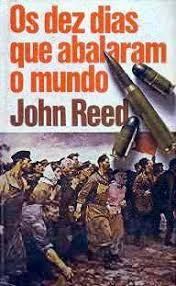 ..
.. ..
.. ..
.. ..
..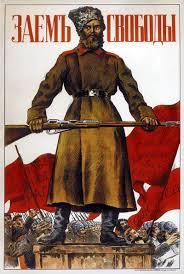 .
.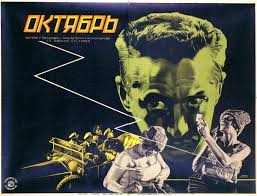 ..
..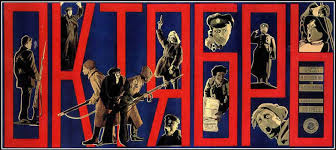 ..
..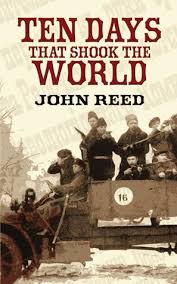 ..
.. ..
.. ..
.. ..
..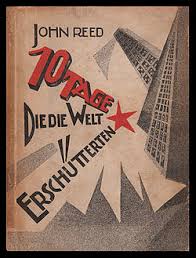 ..
..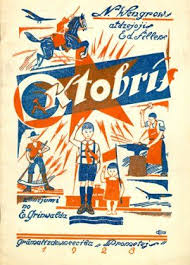 ..
.. ..
..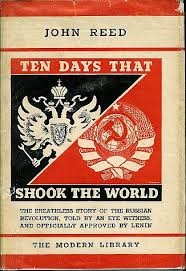 ..
..
October: Ten Days That Shook the World
(Russian: Октябрь (Десять дней, которые потрясли мир);
translit. Oktyabr': Desyat' dney kotorye potryasli mir) is a Soviet silent film made in 1927 by Sergei Eisenstein, sometimes referred to simply as October in English.
It is a celebratory dramatization of the 1917 October Revolution.
The title is taken from John Reed's book on the Revolution, "Ten Days That Shook The World".
October was one of two films commissioned by the Soviet government to honour the tenth anniversary of the October Revolution (the other was Vsevolod Pudovkin's The End of St. Petersburg).
Eisenstein was chosen to head the project due to the international success he had achieved with The Battleship Potemkin in 1925 .
Nikolai Podvoisky, one of the troika who led the storming of the Winter Palace was responsible for the commission.
The scene of the storming was based more on the 1920 re-enactment involving Lenin and thousands of Red Guards, witnessed by 100,000 spectators, than the original occasion, which was far less photogenic.
Dmitri Shostakovich wrote his Symphony No. 2 in B major, Opus 14 and subtitled To October, for the 10th anniversary of the October Revolution.
It was first performed by the Leningrad Philharmonic Orchestra and the Academy Capella Choir under Nikolai Malko, on 5 November 1927.
Shostakovich later revisited the events of the October Revolution in his Twelfth Symphony, subtitled The Year 1917.
Soviet montage theory is an approach to understanding and creating cinema that relies heavily upon editing (montage is French for "build, organize"). Although Soviet filmmakers in the 1920s disagreed about how exactly to view montage, Sergei Eisenstein marked a note of accord in "A Dialectic Approach to Film Form" when he noted that montage is "the nerve of cinema", and that "to determine the nature of montage is to solve the specific problem of cinema".
While several Soviet filmmakers, such as Lev Kuleshov, Dziga Vertov, and Vsevolod Pudovkin put forth explanations of what constitutes the montage effect, Eisenstein's view that "montage is an idea that arises from the collision of independent thoughts" wherein "each sequential element is perceived not next to the other, but on top of the other" has become most widely accepted.
Sem comentários:
Enviar um comentário